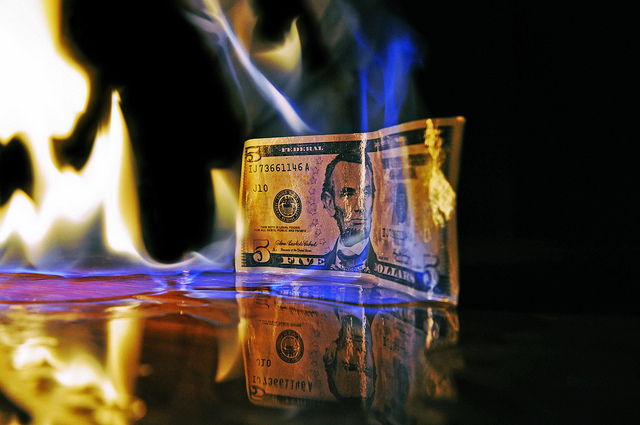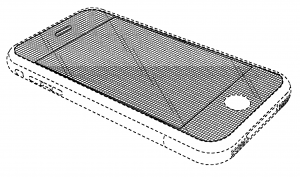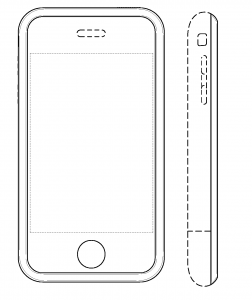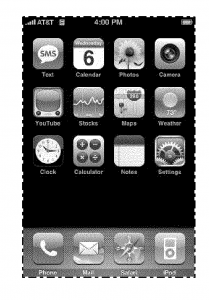 You need to know when to stop wasting money on trademark litigation. Here is a case where the plaintiff should have stopped on day two of the lawsuit, but didn’t.
You need to know when to stop wasting money on trademark litigation. Here is a case where the plaintiff should have stopped on day two of the lawsuit, but didn’t.
Dr. Tartell and Dr. Mandel jointly practiced medicine until 2011, when they split their practice and went separate ways. The break up was contentious.
After the break up, Dr. Mandrel (1) registered six domain names using some variation of Dr. Tartell’s name, redirecting some to Dr. Mandrel new website, and (2) purchased Google AdWords keyword for Dr. Tartell name, which caused Dr. Mandell’s website to appear as an advertisement whenever someone searched with those terms on Google.
Tartell filed suit against Dr. Mandell including claims for cybersquatting, false designation of origin, and unfair competition (all trademark law related claims).
The day after the suit was filed in 2012, Dr. Mandel canceled the domain names. Many trademark related disputes are resolved this way, e.g. with one party stopping or changing their name.
It is unclear whether the Adword purchases stopped. They probably did, but even if they did not, plaintiffs do not fare well in competitive keyword advertising suits.
So, the day after the suit was filed, Dr. Tartell probably got the best he could get, e.g. Dr. Mandell releasing the domain names and (probably) stopping the Google Adword buy. This was a good time to settle.
Litigating on Principle is Expensive and Often Unsatisfying
But the case continued for at least three years. It continued all the way through a four day bench trial and through an appeal in 2015. Why did this case continue? As stated by the trial court:
this action continued all the way through [a four-day bench] trial because Dr. Mandel refused to take responsibility for his antics while Dr. Tartell sought a statutory windfall for a short-lived and largely pointless deceit.
In other words, (1) Dr. Mandel would not apologize and (2) Dr. Tartell wanted statutory damages and attorneys fees as a result of the alleged cybersquating.
Pursuing litigation to achieve an apology or an an acknowledgment of wrong doing (litigating on principle) can be a very expensive undertaking with often unsatisfying results, as Dr. Tartell experienced here. Dr. Tartell won only $6000 at trial, much less than he likely paid his attorneys. But he would not keep even that amount. Dr. Tartell ultimately lost on appeal in Tartell v. South Florida Sinus and Allergy Center, Inc., No. 14-13178 (8th Cir. 2015). And it is a pretty safe bet that Dr. Mandel did not apologize to Dr. Tartell.
Short Use and Quick Turnover Kills Off Statutory Windfall
On the second issue, you need to carefully evaluate your likelihood of success in obtaining money damages, even when the other side’s actions appear willful and to reflect poorly on them. The statistical likelihood of receiving an award of any damages in trademark litigation is low.
Dr. Tartell may have been expecting closer to $600,000 in statutory damages and not the $6,000 that was awarded by the trial court. The Lanham Act provides for statutory damages of between $1,000 and $100,000 per domain name for cybersquatting. 15 U.S.C 1117(d). This case indicates that when the defendant carries on with the offending conduct only a short time and cancels or turns over the domains immediately after suit, the court could see this as a mitigating factor leading to an award of damages at the low end of the range and not the top, e.g 6 domain names * $1,000 = $6,000 and not 6Â domain names * $100,000 = $600,000. This is true here even though Dr. Mandrel’s “antics” were in bad taste and, as the court noted, included “deceit.”
Difficulty in Protecting One’s Personal Name in Medicine
Dr. Tartell lost on appeal because he could not establish that his name was protectable. Therefore he could not recover any money damages. This result should have been predicted.
A quick reference to McCarthy on Trademarks reveals that “in professions where use of personal names as identifiers is traditional, a court may require a strong showing of secondary meaning.” McCarthy 13.2. Or as the Eighth Circuit Appeals Court stated, “in professions where use of personal names as identifiers is traditional such as the medical profession, it is more difficult to establish secondary meaning [in such personal names].” In other words, it is known that it is difficult to protect your personal name in the medical profession under trademark law.
In the Eighth Circuit, a plaintiff must prove that his service mark is “distinctive” to establish a claim for cybersquatting, false designation of origin, and unfair competition. So to obtain any relief, Dr. Tartell needed to prove that the consuming public recognized Dr. Tartell as the source of a service and not merely as a person’s name.
For example, “Ford” was a surname of Henry Ford, but overtime through sales and advertising “Ford” became associated in the minds of the consuming public with a car producing company and not merely the individual.
In the Eighth Circuit, a plaintiff can show a name is distinctive through consumer surveys or circumstantial evidence. Circumstantial evidence may include (1) the length and nature of name’s use, (2) the nature and extent of advertising and promotion of the name, (3) the efforts of the proprietor to promote a conscious connection between the name and the business, and (4) the degree of actual recognition by the public that the name designates the proprietor’s product or services.
Dr. Tartell provided no consumer surveys. Dr. Tartell presented evidence of his academic activities and reputation among other medical professionals. But this is not relevant because the target audience for such information was professionals and not the consumers of his medical services.
Dr. Tartell’s name used in advertisements for his business with Dr. Mandell before the split did not show Dr. Tartell’s name was distinctive because his name was not used prominently as a trademark in such advertising.
The appeals court ultimately found that Dr. Tartell did not establish any of the four distinctiveness factors. Therefore, Dr. Tartell lost and received no money damages. Dr. Tartell should have settled on the second day of his lawsuit.
Photo credit to flickr user Mike Poresky under this creative commons license.
 In a 2016Â
In a 2016Â 

 You need to know when to stop wasting money on trademark litigation. Here is a case where the plaintiff should have stopped on day two of the lawsuit, but didn’t.
You need to know when to stop wasting money on trademark litigation. Here is a case where the plaintiff should have stopped on day two of the lawsuit, but didn’t.